 My Norwegian grandfather had something of a love affair with butter; he loved a pool in which to cook an egg or some hash, or a thick smear on toast. But mostly, it was his tableside companion at every home-cooked dinner I can remember eating with him, and he was not shy with it. A dinnertime ritual, stick of soft butter at his side, he would take a swipe of butter for his roll, cloverleaf or farmhouse, a drag through the gravy, pheasant or duck, and pop the mouthful into his gob, happy as a lad. He ate the better part of the stick. I always had the chair next to him, and I can remember being acutely aware of the butter, the generous sweep, his mouth full of butter, and another dip, and another, the roll disappearing, and the butter stick a little smaller with every bite. He would have loved this recipe.
My Norwegian grandfather had something of a love affair with butter; he loved a pool in which to cook an egg or some hash, or a thick smear on toast. But mostly, it was his tableside companion at every home-cooked dinner I can remember eating with him, and he was not shy with it. A dinnertime ritual, stick of soft butter at his side, he would take a swipe of butter for his roll, cloverleaf or farmhouse, a drag through the gravy, pheasant or duck, and pop the mouthful into his gob, happy as a lad. He ate the better part of the stick. I always had the chair next to him, and I can remember being acutely aware of the butter, the generous sweep, his mouth full of butter, and another dip, and another, the roll disappearing, and the butter stick a little smaller with every bite. He would have loved this recipe.
I haven’t made butter since I was a schoolgirl, and I can remember the first time I did quite vividly. We shook little jars filled with cream until it separated into butter and buttermilk, and I was spellbound. It’s funny, really, the small moments that we remember. I can tell you the rules around the graham crackers and milk we ate at nursery school, about the details of the first fig cookie I ever ate, too.
 I was ordering some cookie molds last month, to use next Christmas, when I saw this butter mold. It was so charming, and brought back memories of the excitement of making that butter. Gene Wilson hand-carves each of his beautiful wooden molds, and they are quite simple to use. I highly recommend them. Their details are lovely.
I was ordering some cookie molds last month, to use next Christmas, when I saw this butter mold. It was so charming, and brought back memories of the excitement of making that butter. Gene Wilson hand-carves each of his beautiful wooden molds, and they are quite simple to use. I highly recommend them. Their details are lovely.
You could make butter by simply separating cream in a food processor, or even in a jar shaken vigorously. But I decided to try cultured butter after seeing it on the Playing With Fire and Water blog. There are excellent step-by-step photos of the process on Chef Linda’s blog. Cultured butter is made by introducing a culture, here the live culture in buttermilk, and by ripening the cream. Culturing creates a subtle flavor profile which intensifies the taste of the butter and creates a lovely, creamy mouthfeel. As it has a higher percentage of butterfat and no added water, it ideal for pastry such as laminated doughs. Of course, I think it’s ideal on a piece of toast or a stack of hot pancakes, too. I think I’ll make some tomorrow! Mmmm.
Note: These photographs are unaltered. I used Cedar Summit Farms’ incredible cream, and the resulting butter really is this lovely soft yellow.
Cultured Butter
Adapted from the Playing With Fire and Water blog
Yield: about one cup of butter and two cups of buttermilk
Ingredients:
3 c. heavy cream (not ultrapasteurized) (I love Cedar Summit Farms.)
1 c. buttermilk with live cultures
Method:
Day one:
- Pour the cream and buttermilk into a medium bowl and cover loosely with a draped piece of aluminum foil.
- Let the cream sit at room temperature until thickened, about 12 to 24 hours
Day two:
- Cover the bowl tightly with cellophane and refrigerate for 8-12 hours.
Day three:
- Chill the bowl and blade of a food processor in the refrigerator for an hour.
- In the bowl of a food processor, process the cream until the butter separates from the buttermilk. Pay close attention to the process, and stop as soon as you see the buttermilk separate.
- Separate the butter from the buttermilk by pouring it through a fine-mesh strainer placed over a medium bowl.
- Fill a large bowl with ice and water.
- In a medium bowl, place one cup of ice-cold water and the butter. Press the butter to remove as much buttermilk as possible.
- Pour off the milky water and replace it with another cup of ice-cold water.
- Continue this process until the butter is creamy and the water is increasingly clear.
- Pour off the last of the water.
- With a wooden spoon or paddle, work the butter in a folding motion until it is smooth and creamy.
- Place the butter on several layers of cheesecloth or an immaculately clean and tightly woven kitchen towel. Press the butter once or twice.
Your butter is ready to be used or molded. It will keep in the refrigerator for about five days.
Butter Mold Tips
- To mold the butter in a hand-carved wooden mold, place the mold into the freezer for 30 minutes.
- Line a shallow container or a very small bowl with cellophane. I used a glass dessert cup.
- Press the butter into the container and press the mold into the butter.
- Refrigerate or freeze the butter and mold for about 30 minutes.
- Using the point of a sharp knife, pry the mold from the butter.
- Remove the butter from the container and pull away the cellophane. You may smooth any rough edges with a knife warmed under hot water.
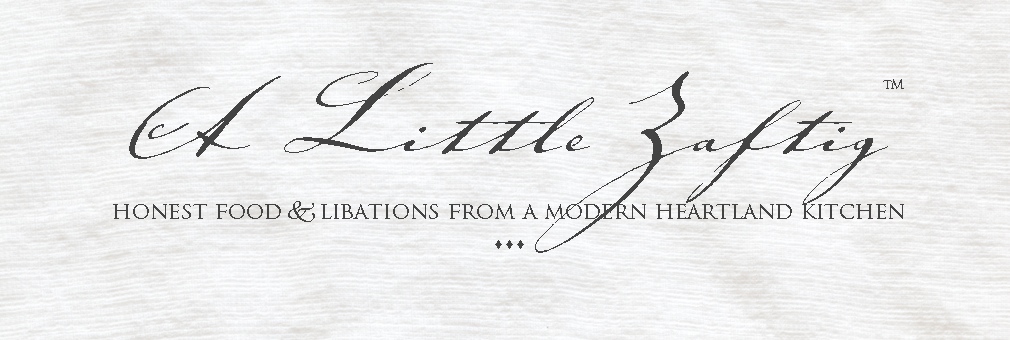

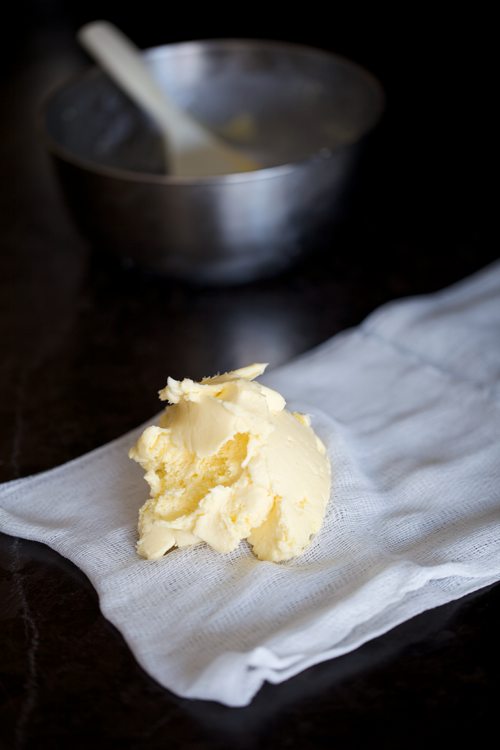
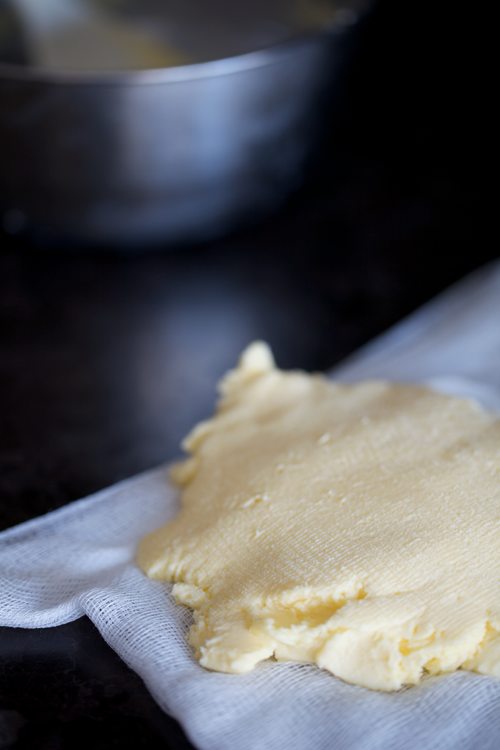

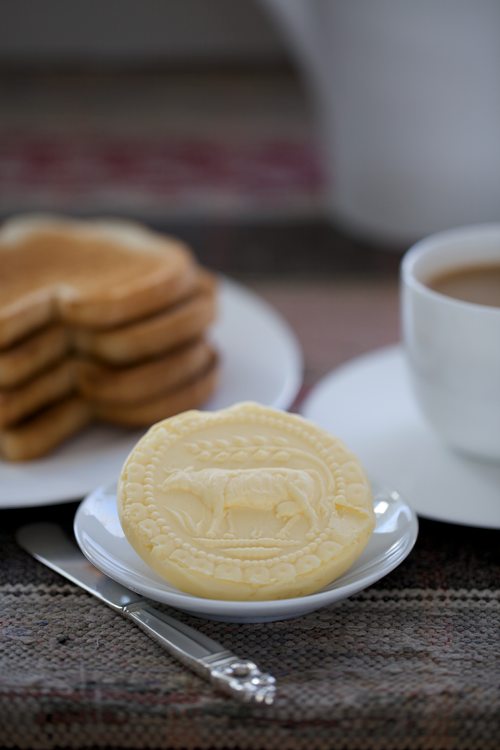









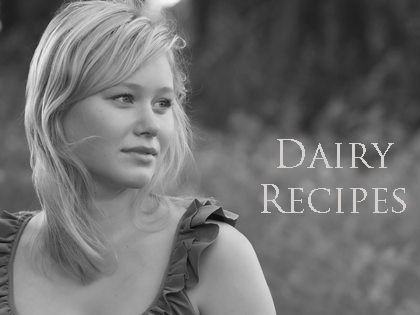
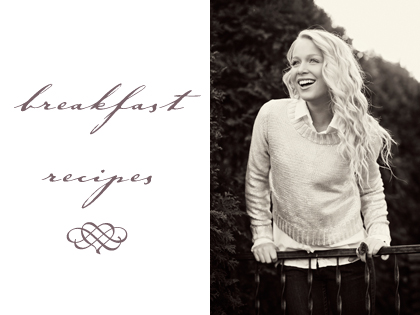








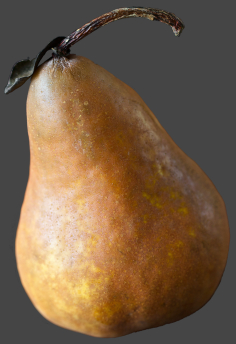
{ 18 comments… read them below or add one }
I’m lucky. Thank you for sharing this luscious butter with me. I picked it up at your house and immediately slathered it on French bread at home. What a treat. I’ve never had homemade butter!!
xo
What a lovely story. My Kiwi grandfather loved butter too, and so do I. I see you’ve travelled a lot, including to Japan and I’m all curious, was it for work?
Yes, for work and study. Study in England, then teaching English in Japan, then a law degree in England for my husband, and then working for a Japanese law firm in Tokyo. All great adventures. We are ready for our next adventure now after ten+ years in the U.S.
P.S. Just discovered your blog. Charming. I loved your hangrrr info, especially since I have a husband and a daughter who both suffer from it. Very funny.
This is the first time I’ve heard of butter molds… so lovely!
You should definitely check out Gene Wilson’s molds. He hand carves each one. http://www.cookiemold.com/
Wow that’s so beautiful. Very nicely written blog. Really enjoyed it. Your layout is just gorgeous as well! I’m going to try doing butter rounds with my grandmother’s cookie presses- I think it just might turn out quite similarly. Thanks!
Thank you! Good idea. I hope it turns out!
I did home-made butter once. It came out rather yellow. ( http://www.flickr.com/photos/which_chick/5163039594/ )The cultured butter sounds like fun, though, and my cow (friends of mine keep a single, sort of pet mutt Jersey cow and raise assorted small beef calves off her) is due to calve next month sometime, whereupon I will have lots and lots of cream to experiment with.
Oh my gosh! I’m so jealous of your fresh cream. If you make cultured butter with truly fresh cream, it will be amazing. You should try the homemade clotted cream recipe here, too. One of my favorites.
This weekend I will be making butter molds and butter and my excitement is palpable. My wide keeps asking me what’s going on and butter is my only answer. O cannot wait to try this recipe with my French bread, thank you for this!!!!
Thanks for the recipe and the useful tips!
My pleasure!
I was going to try making my own butter this week-end, I’m quite excited thinking of it…when I make my own butter, I am going to use organic ingredients (Demeter, even!), trying to support the organic producers (of course, I could as well buy Demeter butter right away).
I was wondering whether I can’t cover the bowl with a cheese or bakers linen, or even with a clean linen kitchen towel, securing it with twine, if needed?
Also, I was wondering if chilling or freezing the glass that functions as a butter mould would do the same trick as a cling foil lining? I imagine that the cold glass would prevent the butter from sticking to the glass?
I always cringe when artisanal, organic recipes call for helper accessoires such as tin foil or cling wrap – these are materials that ultimatively add to the gigantic waste pile all over the world, and they are extremely difficult to recycle (also the recycled products are). I imagine that in the past people produced good, clean butter by using clean linen and other “organic” tricks.
Tali,
I think cheese cloth or bakers linen will work. You may have to pull some of the fibers out of the butter, and it might be helpful to have someone hold the linen or cloth as you work the butter into the mold or bowl. I haven’t used anything like this during molding as it seems simple to just use a chilled mold. Chilling does help prevent sticking. I would skip the cling film; I’m not a fan and I think it will shift too much as you work the butter into your mold or bowl and create unattractive creases in your final product. Good luck with it!
This is a very very long process to make butter
Take 2 cups of whipped cream in a blender and add 1 cup of water at room temp and blend until butter floats on the top
Scoop the butter and the liquid that is serrated from the mixture is whey
Sahah,
Yes, making butter is quick and easy. This recipe is for cultured butter. I think the flavor is worth the extra time sometimes.